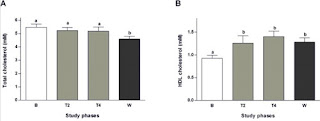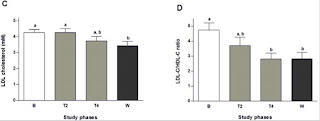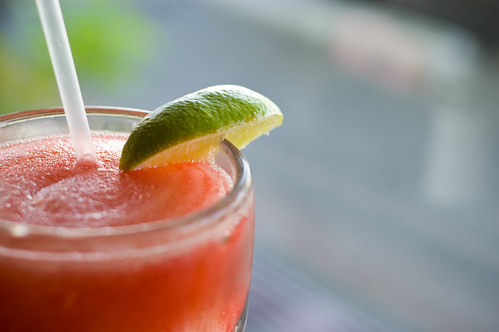Guest Post: Natural Alternatives for Arthritis Treatment
Guest post by Emily Matthews
Glucosamine sulfate and chondroitin sulfate have long been used as supplements to ease the pain of arthritis. Both compounds are found naturally in animal cartilage and glucosamine can also be found in seashells. A person who wishes to increase the amount of glucosamine and chondroitin in their diet should take them together as supplements, but only from a reputable manufacturer of vitamins and supplements. Medical professionals are uncertain as to the dosage for the average person.
Chondroitin
Chondroitin is a more complex molecule than glucosamine. It's made up of intact or hydrolyzed glycosaminoglycans with attached sugar molecules. Studies from masters degree programs show that it’s not as effective as glucosamine in treating arthritis, as the body doesn’t absorb as much of it; chondroitin is such a large molecule that it's difficult to pass through the normal intestinal barrier. The benefit of chondroitin comes because at least some of it can be broken down into glucosamine in the digestive track.
Glucosamine
Glucosamine is a simple molecule made up of glucose and an amine, which is a building lock of protein. The main effect of glucosamine is to stimulate the creation of glycosaminoglycans, which helps cartilage remain spongelike and act as a cushion between joints. As some people age, their bodies lose the ability to manufacture glucosamine and so the cushioning effect of cartilage is lost. Some studies claim that glucosamine supplements are more effective than placebos or non-steroidal anti-inflammatory drugs in easing arthritis pain
GAIT Trials
In a recent study, the National Center for Complementary and Alternative Medicine conducted the Glucosamine Chondroitin Arthritis Intervention Trial, or GAIT to see if glucosamine and chondroitin sulfate gave any benefits in the treatment of arthritis of the knee. The study was conducted to see if the supplements, used alone or separately, eased the pain of 1583 sufferers of this form of arthritis.
In GAIT, the people who participated in the double blind trial took glucosamine alone, chondroitin sulfate alone, the two supplements together, the prescription drug celecoxib, or a placebo. The results of the trial were that celecoxib significantly reduced the pain of knee arthritis and that glucosamine and chondroitin, taken alone or separately, were no better than the placebo in reducing pain. However, there was a small group of participants with what they described as "moderate to severe pain" who found that the glucosamine and chondroitin sulfate combination reduced their pain significantly.
The efficacy of glucosamine and chondroitin in treating arthritis is uncertain. Glucosamine seems to provide some relief for some arthritis sufferers. Chondroitin is too large a molecule to be absorbed by the body in any appreciable amount. If the glucosamine and chondroitin combination works for some people, it’s probably because enough chondroitin is broken down to increase the effect of the glucosamine.
Emily Matthews is currently applying to masters degree programs across the U.S., and loves to read about new research into health care, gender issues, and literature. She lives and writes in Seattle, Washington.
For more information on glucosamine, chondroitin and arthritis, see these posts:
Green Tea Protects Cartilage from Arthritis in Vitro
Green Tea Protects from Arthritis in Rats
MSM + Chondroitin + Glucosamine for Hair & Nail Growth - Results after Seven Weeks
MSM + Chondroitin + Glucosamine: A Sulfur Cocktail for Hair and Nails
Read More......
























